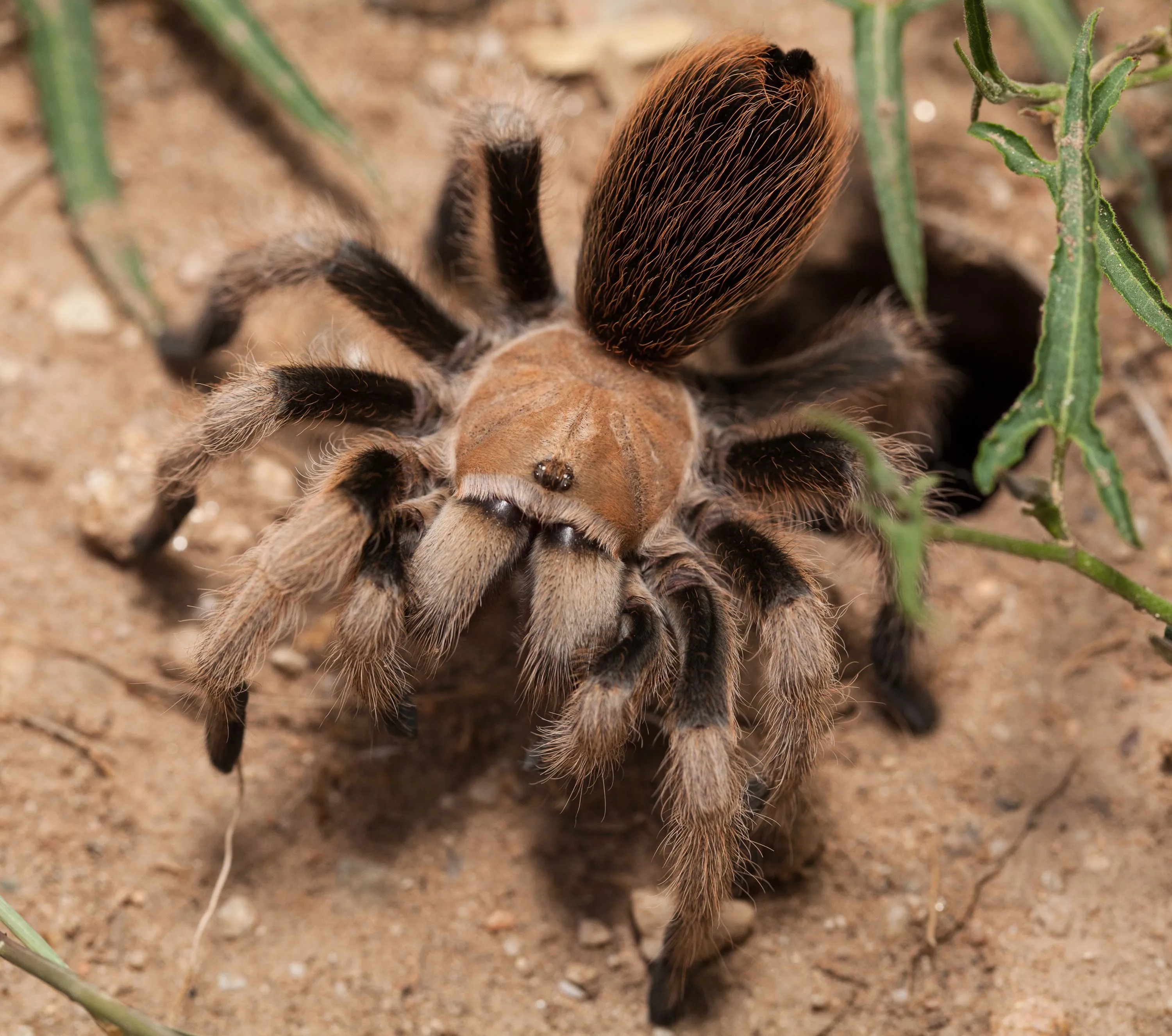Top 5 Tarantula Species
Tarantulas, with their impressive size and diverse appearances, have captured the fascination of many. These arachnids, belonging to the Theraphosidae family, come in various species, each with unique characteristics and behaviors. This article delves into the top 5 most interesting and popular tarantula species, exploring their physical traits, habitats, and other fascinating facts. Whether you’re a seasoned enthusiast or a curious newcomer, prepare to be amazed by the world of these incredible spiders.
1. The Goliath Birdeater
The Goliath Birdeater (Theraphosa blondi) lives up to its name, being the largest tarantula species in the world. Its massive size, with a leg span that can reach up to 12 inches, is truly astounding. These tarantulas are native to the rainforests of northern South America. They are known for their defensive behavior and potent urticating hairs, which they flick off their abdomen as a defense mechanism. While the Goliath Birdeater is capable of taking down small birds and other prey, its diet mainly consists of insects.
Physical Characteristics of Goliath Birdeater
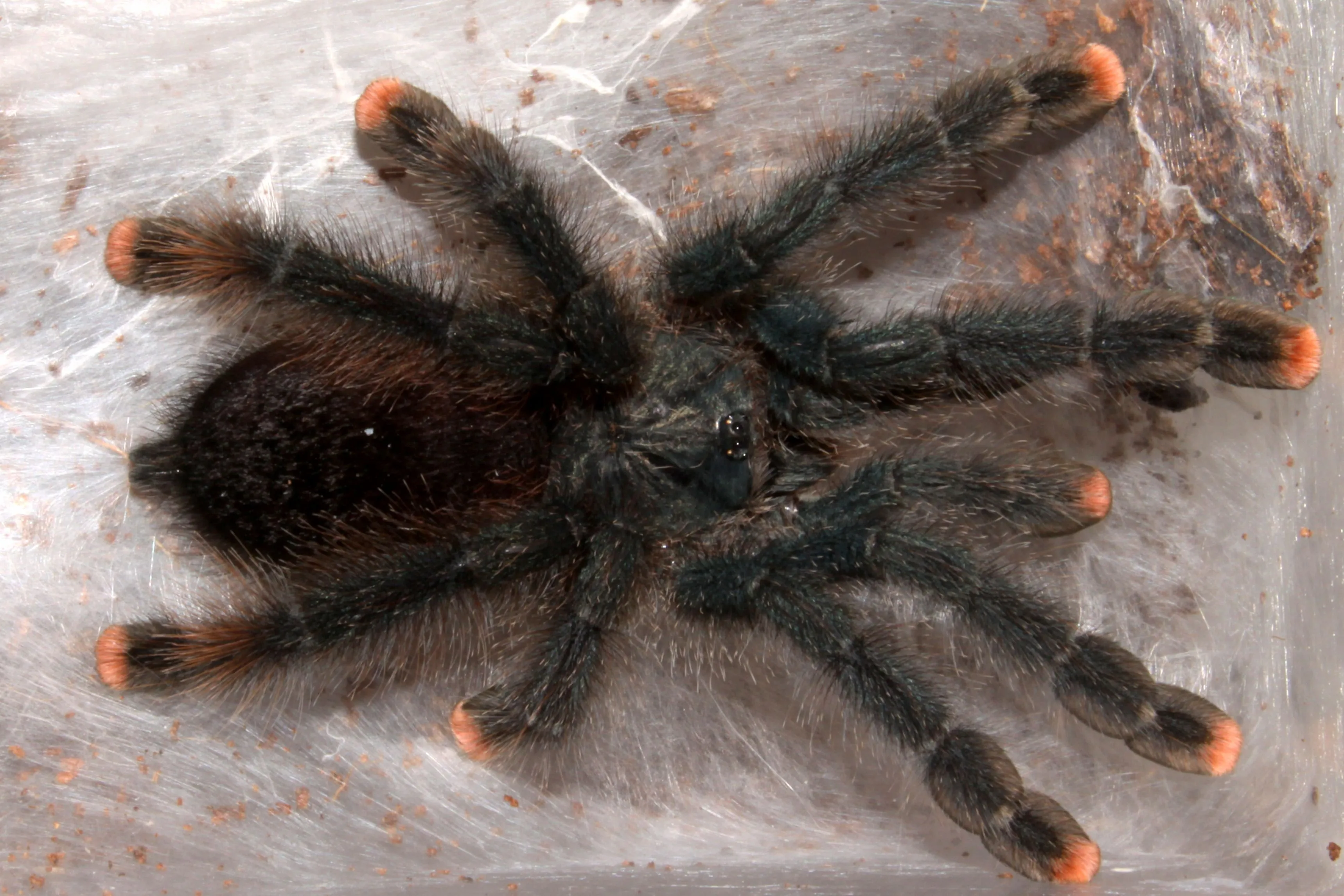
The Goliath Birdeater has a robust body covered in coarse hairs, typically displaying a brown or dark brown coloration. They have powerful fangs and chelicerae, used to inject venom into their prey. Their size is the most defining characteristic, making them an imposing sight. The Goliath Birdeater’s sheer size, combined with its thick, hairy legs, makes it easily distinguishable from other species. The Goliath Birdeater is a truly awe-inspiring creature.
Habitat and Distribution
These tarantulas thrive in the humid environments of the rainforests, where they burrow underground or find shelter in the roots of trees. They are primarily found in the rainforests of northern South America, including countries like Brazil, Venezuela, and Guyana. They prefer areas with high humidity and plenty of ground cover. Their habitat provides them with the necessary moisture and concealment for hunting and protection.
2. The Mexican Redknee Tarantula
The Mexican Redknee (Brachypelma hamorii) is one of the most popular tarantulas kept as pets, known for its striking coloration and relatively docile temperament. These spiders are native to the arid scrublands and grasslands of the Pacific coast of Mexico. Their distinctive appearance and manageable size make them ideal for beginner tarantula keepers. Their longevity is another appeal, as they can live for over 20 years.
Appearance and Features of Mexican Redknee
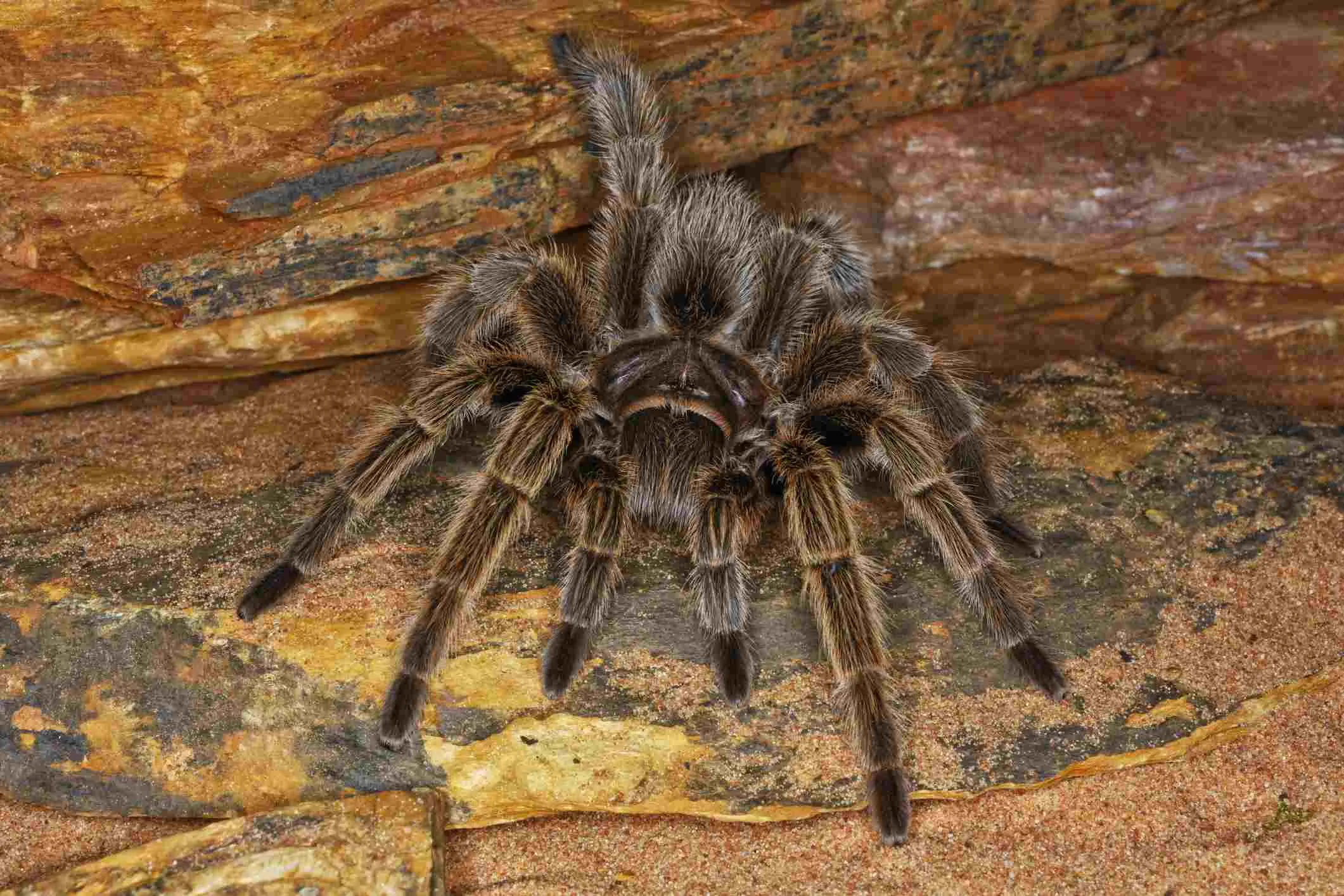
The Mexican Redknee’s name comes from the vibrant orange-red markings on its leg joints, contrasting beautifully with its black body. This striking coloration makes it one of the most visually appealing tarantula species. They have a carapace that is also a dark color, and the overall effect is quite stunning. Their relatively large size, with a leg span of up to 6 inches, adds to their appeal as a pet.
Behavior and Temperament
Mexican Redknees are generally known for being docile and relatively slow-moving, which makes them suitable for handling by experienced keepers. However, like all tarantulas, they can be defensive if threatened. They are burrowing spiders, and in captivity, they will often create a burrow or hide. Their diet consists mainly of insects, and they are opportunistic hunters, waiting for their prey to come within striking distance.
3. The Chilean Rose Hair Tarantula
The Chilean Rose Hair Tarantula (Grammostola rosea) is another popular species for beginners. These tarantulas are known for their calm temperament and ease of care. They are native to the dry scrublands of Chile, Argentina, and Bolivia. Their relatively small size, coupled with their docile nature, makes them a popular choice for those new to tarantula ownership. Their lifespan, up to 20 years, is another attractive feature.
Characteristics of Chilean Rose Hair
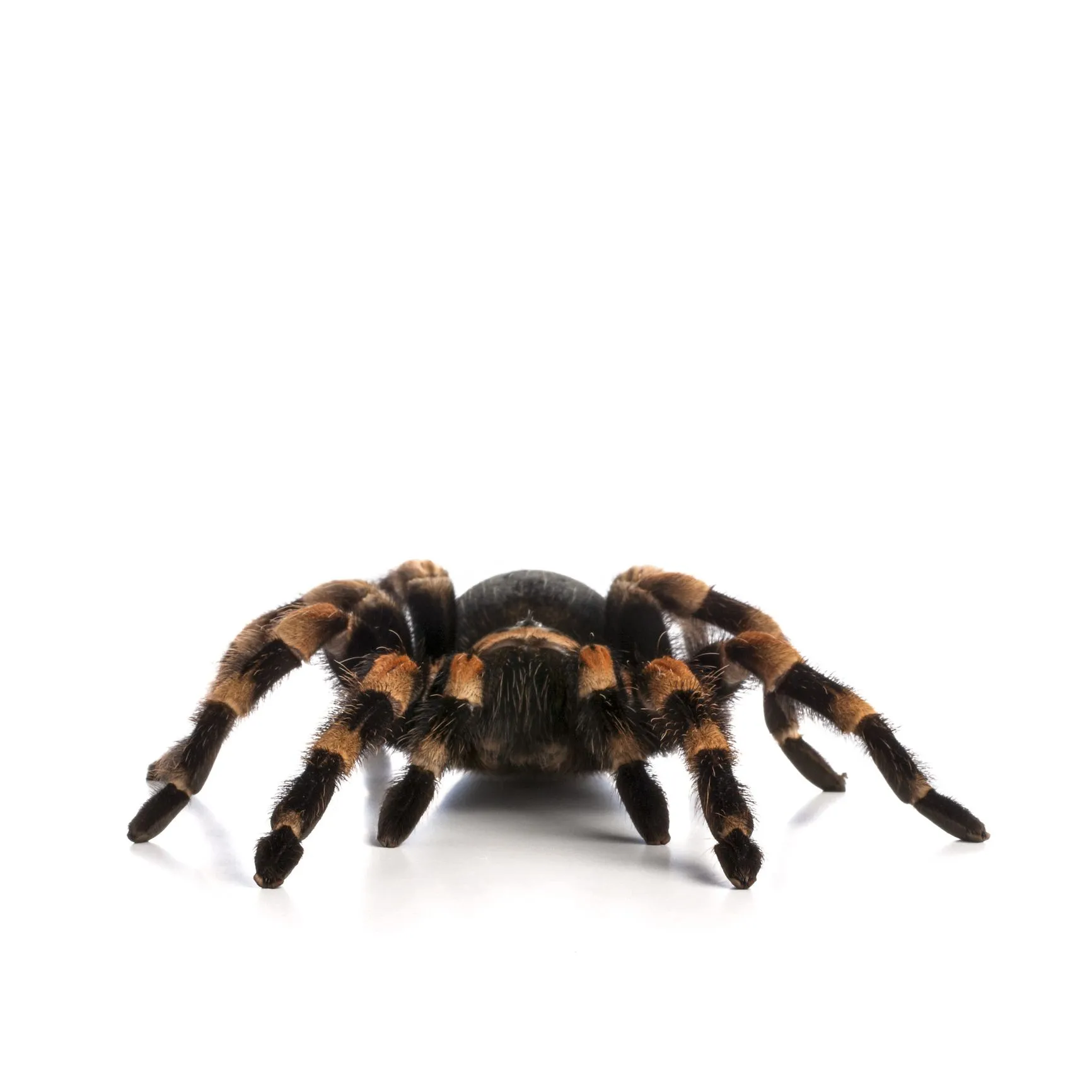
Chilean Rose Hair tarantulas have a muted, reddish-brown coloration and a somewhat ‘hairy’ appearance, giving them a soft, appealing look. They are smaller than some other species, with a leg span of up to 5-6 inches. Their overall appearance is quite understated, which contributes to their gentle reputation. They have relatively long lifespans, adding to their appeal as pets.
Care and Maintenance
Caring for a Chilean Rose Hair is relatively straightforward. They require a terrarium with a substrate for burrowing, such as coconut fiber or peat moss. They need a shallow water dish and should be kept at a moderate temperature and humidity level. Feeding them once or twice a week with appropriately sized insects, such as crickets or mealworms, is sufficient. Their ease of care makes them an excellent choice for novice tarantula keepers.
4. The Cobalt Blue Tarantula
The Cobalt Blue Tarantula (Cyaneopubescens) is a stunning species prized for its vivid blue coloration. Native to the rainforests of Myanmar and Thailand, they are known for their striking appearance and somewhat more defensive nature. These tarantulas are not recommended for beginners, as they have a potent venom and can be quite fast and unpredictable. Their vibrant blue hue makes them one of the most sought-after tarantulas.
Identifying Features of Cobalt Blue
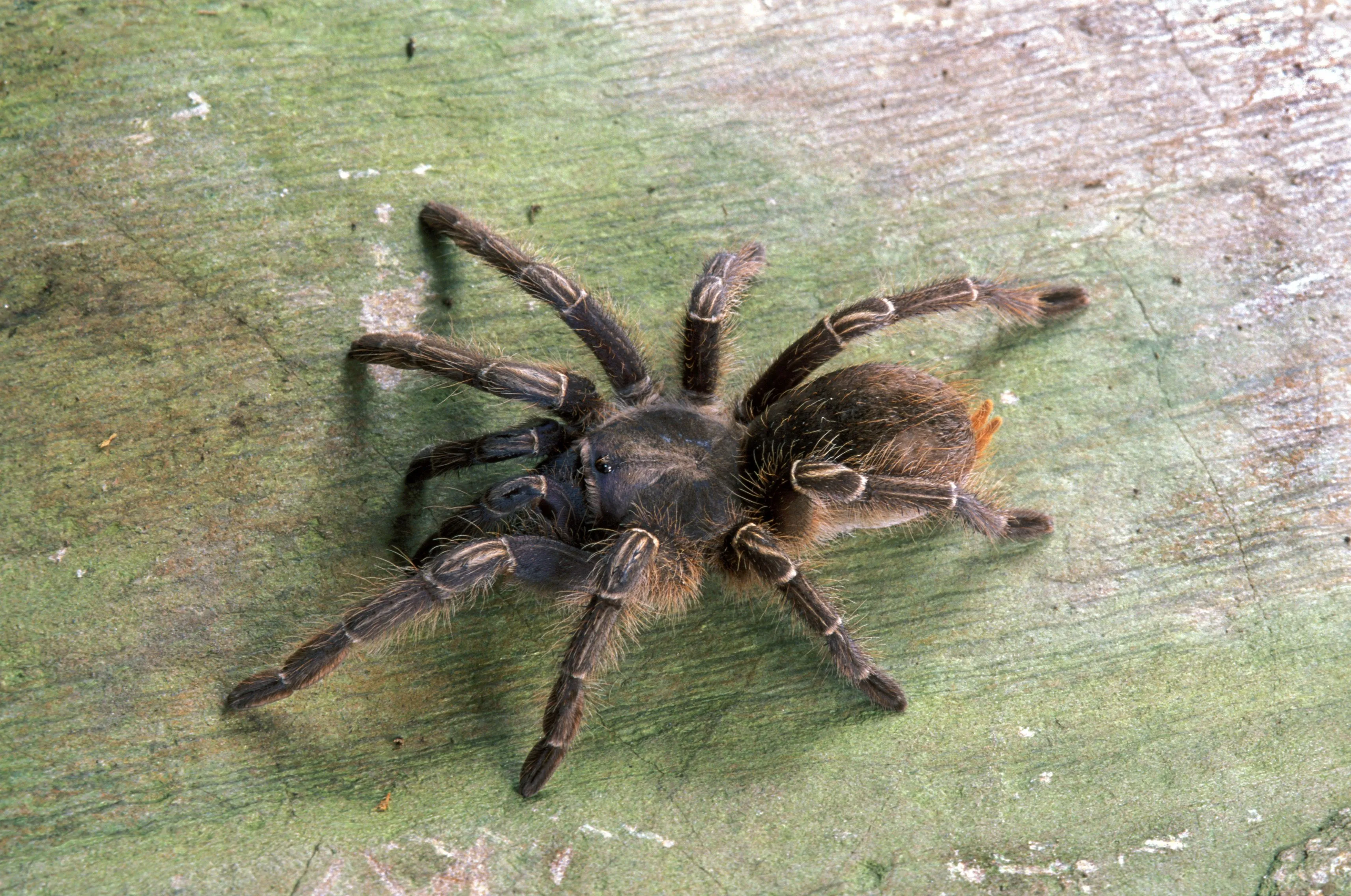
The most distinguishing feature of the Cobalt Blue tarantula is its iridescent blue coloration, which covers its legs, carapace, and sometimes its abdomen. This bright coloration is particularly vivid in mature females. They are a medium-sized species, with a leg span that can reach up to 5 inches. The combination of their blue color and their shiny appearance is truly remarkable.
Venom and Toxicity
Cobalt Blue tarantulas have a potent venom, which can cause significant pain and muscle cramps in humans. Although not deadly, their bite can be quite unpleasant. They are also known for being fast and defensive, so it’s crucial to handle them with caution and expertise. This is one of the reasons why this species is not typically recommended for beginners. Proper safety measures are a must.
5. The Brazilian Black Tarantula
The Brazilian Black Tarantula (Grammostola pulchra) is a beautiful and relatively docile species known for its all-black appearance. They are native to the grasslands and forests of southern Brazil and Uruguay. They are prized for their gentle nature, making them a good choice for keepers. Their long lifespan, with females living for over 20 years, adds to their appeal. They are generally considered to be a beginner-friendly species.
Key Characteristics of Brazilian Black
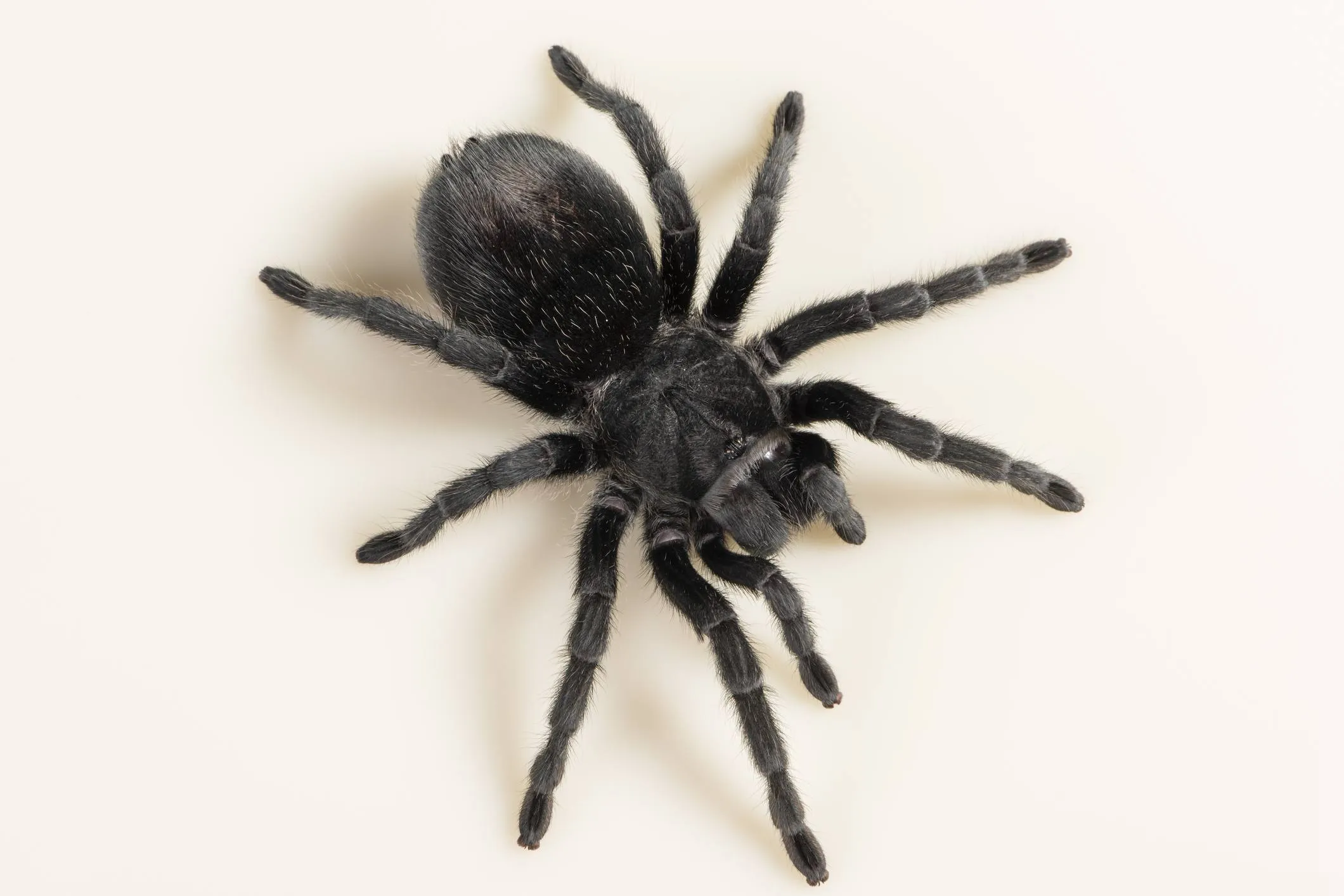
The Brazilian Black tarantula is easily identified by its uniform, velvety black coloration. They are a medium-sized species, with a leg span of up to 6 inches. Their lack of striking patterns is compensated by their elegance. They have a calm demeanor, making them a popular choice for tarantula keepers. Their overall look is sleek and sophisticated.
Lifespan and Breeding
Brazilian Black tarantulas have a long lifespan, with females often living for over 20 years. Breeding these tarantulas can be a rewarding experience, but it requires careful planning and proper conditions. The females will typically lay eggs in a silken sac, which they will guard until the spiderlings hatch. Their longevity and breeding potential make them a fascinating species for experienced keepers.
From the imposing Goliath Birdeater to the gentle Chilean Rose Hair and the vibrant Cobalt Blue, these 5 tarantula species offer a glimpse into the amazing diversity of the Theraphosidae family. Each tarantula species presents a unique set of characteristics, from size and coloration to temperament and care requirements. Whether you’re considering keeping a tarantula as a pet or are simply fascinated by these arachnids, understanding these species is a great starting point.
